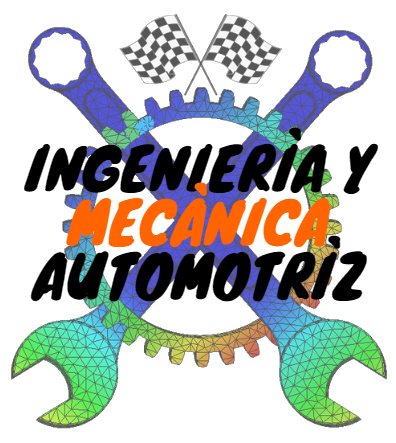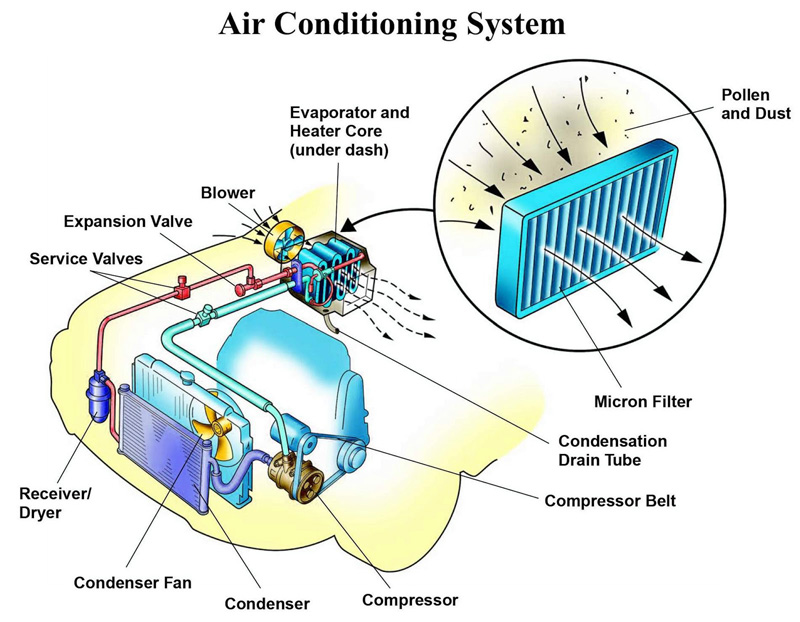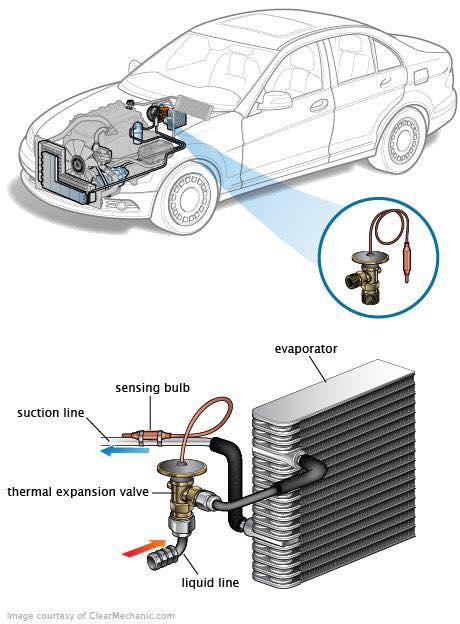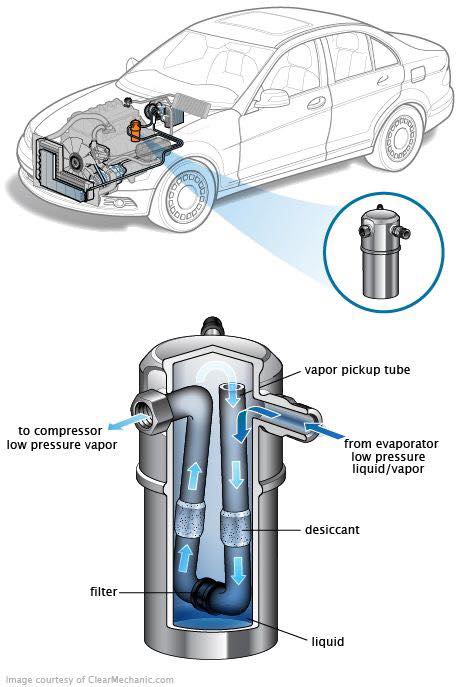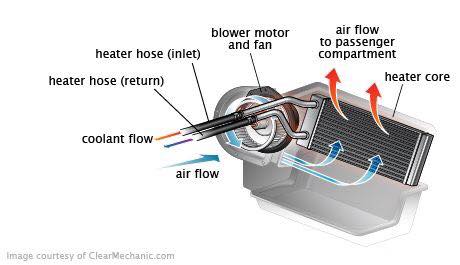La bomba de inyección es un componente importante del sistema de combustible del motor diésel y hay muchos componentes en el sistema de combustible del motor diésel. Un dispositivo que bombea combustible (diésel) y lo inyecta en la cámara de combustión del motor, con una presión muy alta y una sincronización realmente precisa. cantidad. El rendimiento del motor diésel está fuertemente influenciado por el sistema de inyección. Tradicionalmente, una bomba de inyección es accionada indirectamente desde el cigüeñal mediante engranajes, cadenas o correas dentadas (a menudo denominadas correas de distribución) que también accionan el árbol de levas de la bomba de inyección. Gira a la mitad de la velocidad del cigüeñal en un motor diésel convencional de cuatro tiempos. su sincronización es tal que el combustible se inyecta sólo muy ligeramente antes del punto muerto superior (punto muerto superior) de la carrera de compresión del cilindro.
La bomba de inyección convencional tiene dos tipos, como el tipo en línea y el tipo distribuidor. No importa qué tipo de producto sea, la parte más importante es la bomba. La bomba de inyección en línea utiliza una construcción en línea con disposición de émbolos, lo que significa que cada cilindro del motor recibe servicio de un émbolo, es por eso que este tipo se usa ampliamente en motores de gran potencia o vehículos pesados como autobuses y camiones. El tipo distribuidor utiliza un sistema de trabajo rotatorio, un émbolo funciona para inyectar combustible en todos los cilindros del motor. Este tipo se utiliza comúnmente en motores/vehículos ligeros y medianos.
- Bomba de inyección tipo en línea

A. Bombeo de combustible
Hay un árbol de levas en la imagen de arriba, impulsado por el motor a través de un engranaje temporizador que está conectado al cigüeñal. El árbol de levas gira a la misma velocidad que la velocidad del árbol de levas del motor; la velocidad del árbol de levas es la mitad de la velocidad del cigüeñal.
Luego hay empujadores con rodillos colocados sobre los lóbulos de las levas. El número de empujadores es igual al número de cilindros del motor. Empuja el émbolo encargado de bombear el combustible a la cámara de combustión. Por encima de cada empujador, se colocan resortes de retorno del émbolo para que los émbolos regresen al punto muerto inferior (punto muerto inferior) después de cada carrera.
El conjunto del émbolo consta de émbolo, cilindro, cara impulsora, orificio de alimentación y ranura de control (hélice). El émbolo se guía dentro del cilindro donde se presuriza el combustible, el émbolo tiene una ranura vertical y una ranura helicoidal que ayudan a variar la cantidad de combustible. La cara impulsora es impulsada por un manguito de control para regular la cantidad de combustible entregado a la unidad del inyector.
Antes de que el combustible bombeado a alta presión por el émbolo ingrese al inyector (boquilla), pasa primero por la válvula de entrega. La válvula de suministro sirve para mantener fija la presión del combustible en la manguera de inyección de combustible. Esto puede suceder porque el resorte de la válvula en el soporte de la válvula de entrega empujó el alivio cuando el émbolo dejó de bombear.
B. Ajustar la cantidad de combustible

Se ha explicado que el émbolo puede ajustar el combustible inyectado mediante el funcionamiento del manguito de control. ¿Cómo se puede mover la manga de control?
En el extremo delantero del árbol de levas de la bomba de inyección, hay un engranaje temporizador que actúa como impulsor inicial de los componentes de la bomba de inyección. En el otro extremo hay un dispositivo llamado Gobernador, sirve para ajustar la velocidad del motor de acuerdo a la carga de la máquina.
El gobernador funciona siguiendo la rotación que se produce en la máquina (a través del árbol de levas), si la rotación del motor es demasiado lenta, el gobernador empujará automáticamente la cremallera de control hacia adelante, esto hace que el émbolo entregue más combustible a la cámara de combustión. Y si la velocidad del motor es demasiado rápida, el gobernador empujará automáticamente la cremallera de control hacia atrás para reducir la distribución del combustible.
El gobernador empuja la cremallera de control y finalmente la cremallera de control mueve el émbolo por el manguito de control que conecta ambos.
- Bomba de inyección tipo distribuidor
A. Bombeo de combustible
El árbol de levas (eje de transmisión) gira el Camplate (Camdisk), que tiene una ranura/forma especial en la parte inferior. El camplate se asienta sobre el rodillo del temporizador para que pueda moverse hacia adelante y hacia atrás mientras gira. La placa giratoria mueve el émbolo para bombear y distribuir el combustible a todos los cilindros por turno.
Dentro del cilindro del émbolo (en conjunto con el émbolo, este conjunto se llama cabeza del rotor) hay varios orificios con el mismo número de cilindros de la máquina. Estos orificios sirven como líneas de distribución de combustible; al final de los orificios se encuentran las válvulas de suministro unidas a los soportes.
B. Ajuste de la cantidad de combustible
La cantidad de combustible que inyecta el émbolo está gobernada por un manguito de control (carrete de control) que es impulsado por un subconjunto de palanca del regulador. Para evitar el exceso de velocidad de la máquina, el manguito deslizante en el subconjunto del contrapeso empujará el regulador para reducir la distribución de combustible cuando el motor gira a alta velocidad.
Hay varias partes en el sistema de trabajo del gobernador:
- Subconjunto de peso mosca
- Manga deslizante
- Palanca de tensión
- Palanca de arranque
- Manguito de control (carrete de control)
*A partir de primavera - Gobernador de primavera
- Resorte inactivo
- Pasador de retención
